We may earn money or products from the companies mentioned in this post. This means if you click on the link and purchase the item, I will receive a small commission at no extra cost to you ... you're just helping re-supply our family's travel fund.
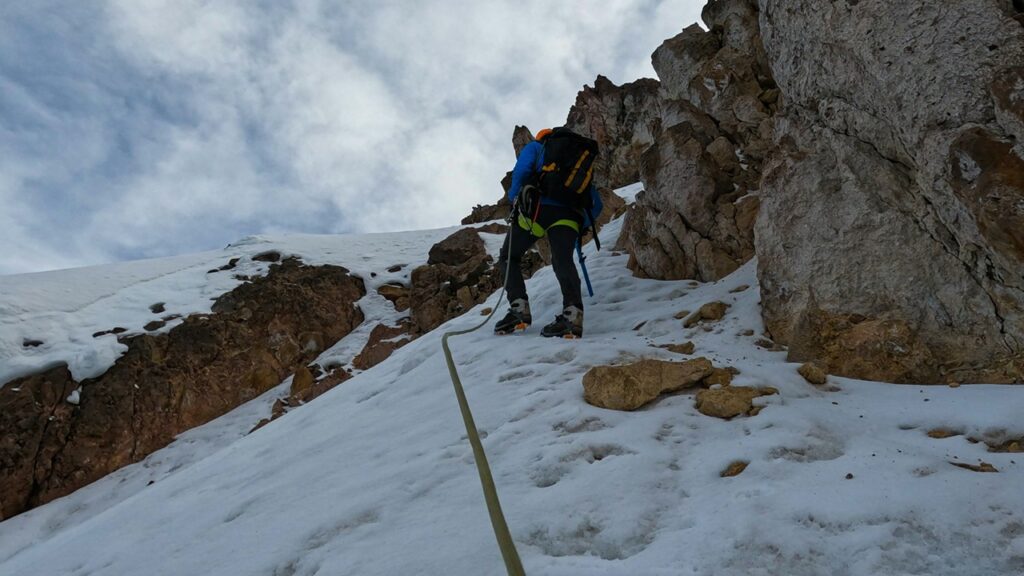
Standing on an ancient trail high above a patchwork of emerald valleys, you feel the thin air in your chest and the pulse of centuries underfoot. The Andes invite you to push past your boundaries and discover a world where every step reveals new wonders and challenges. But before you lose yourself in breathtaking vistas or the buzz of a bustling market day, a simple precaution can transform your journey; double-checking your health gives you courage to embrace altitude, adventure, and authenticity at their most exhilarating.
1. The Altitude Factor
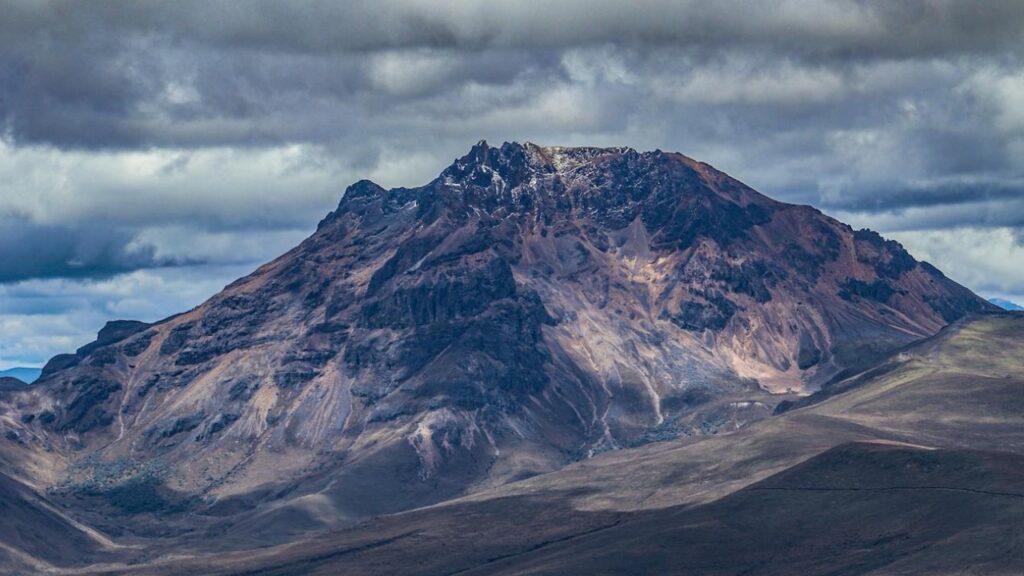
As you ascend into the high Andes, the landscape shifts dramatically, and so does the atmosphere, literally. Lower oxygen levels can leave even seasoned trekkers dizzy or struggling for breath. Altitude sickness isn’t choosy; it can affect anyone, sometimes suddenly. Arriving prepared means you can focus on connecting with locals at open-air festivals or wandering through sun-dappled ruins, instead of searching for relief from headaches or nausea. Taking your health seriously lets the Andes’ magic work on you, not against you.
2. Heart Health Matters Up High
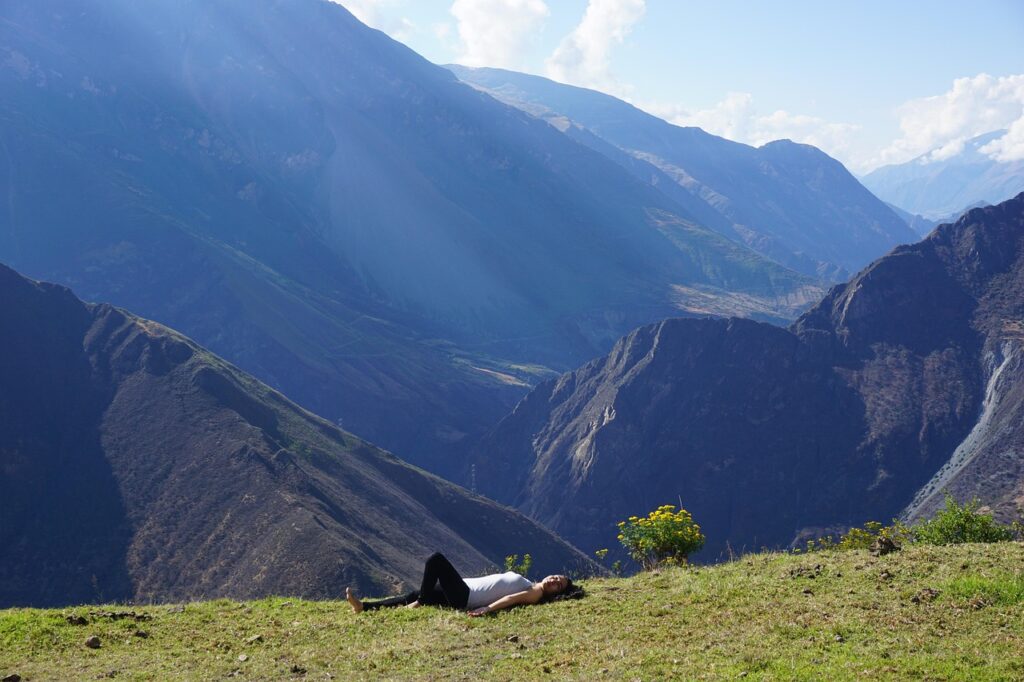
The awe-inspiring heights of the Andes put extra pressure on your heart, especially if you already manage blood pressure or circulatory issues. Climbing from vibrant valley floors into chilly mountain passes, your heart must adapt quickly, forced to pump harder with less oxygen. A thorough check-up and frank conversation with your doctor about your heart health could mean the difference between exploring ancient Incan terraces in peace and finding yourself anxious or unwell. Caring for your heart helps you savor every breathtaking sunrise and bustling Quechua plaza without worry.
3. Breathing Easy: Asthma and Lung Conditions
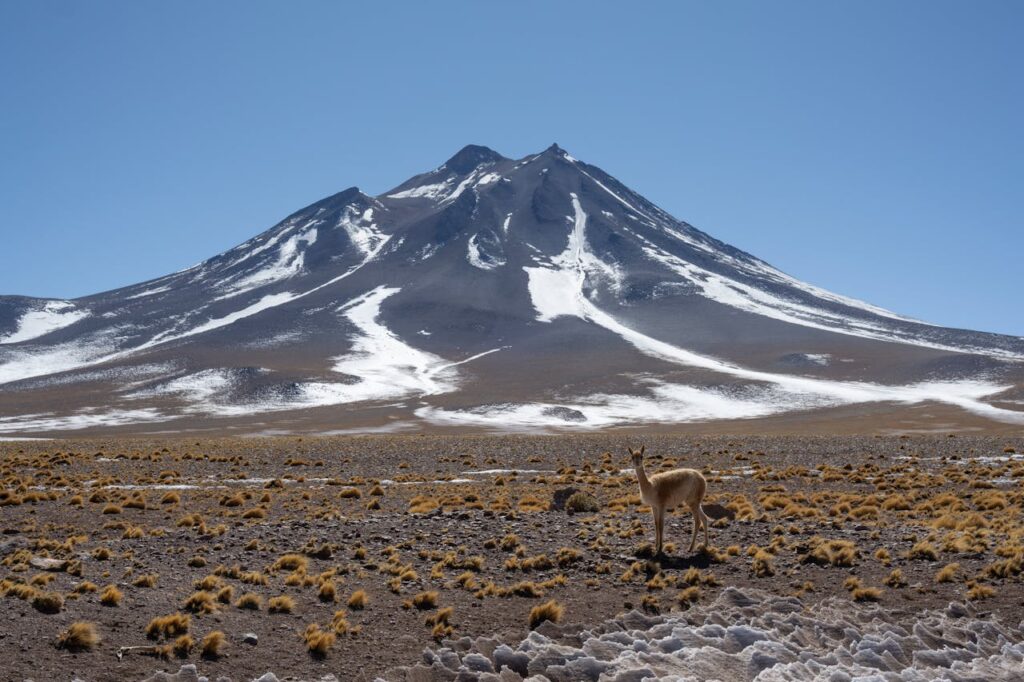
For those living with asthma, COPD, or other lung challenges, the thin, crisp Andes air can add a layer of unpredictability. Dust kicked up in small villages, the cold nights at higher elevation, and subtle shifts in humidity all have the potential to trigger symptoms. Pack your inhaler, keep medications easily accessible, and brief your companions on your needs. By anticipating respiratory challenges, you stay in control, able to lose yourself in the songs of Andean flute players or the hush of dawn over Machu Picchu, rather than searching for relief from breathlessness.
4. Acclimatization: A Slow-and-Steady Approach
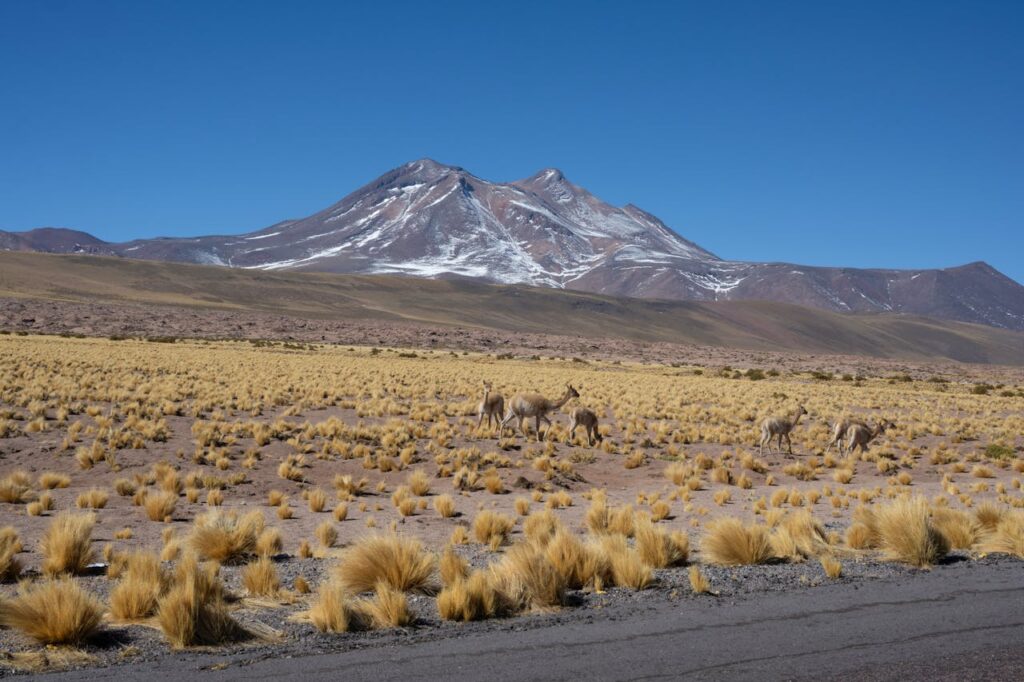
The lure of lofty summits is real, but in the Andes, patience is your greatest ally. Acclimatizing gradually, by spending two or more days at a moderate altitude before ascending, lets your body adjust naturally. This isn’t just medical advice; it’s woven into local culture, where even seasoned highland dwellers honor time-tested rhythms of rest and ritual. Drink coca tea, hydrate, and let your senses wander markets and quiet trails as you listen to your body. Slowing down isn’t missing out; it’s how you open yourself to the Andes’ richest moments.
5. Vaccinations and Local Health Precautions

Remote Andean hamlets, bustling colonial cities, and steamy jungle fringes each carry unique health risks. Before departure, confirm your standard vaccines are up to date and research destination-specific recommendations like yellow fever or typhoid. Many clinics are a bumpy bus ride away, so bringing a health kit with basics, plus your vaccination card, ensures peace of mind. Protecting your health means you can join in roadside barbecues or community celebrations without hesitation, drinking in the local flavor safely and respectfully.
6. Food, Water, and Stomach Safety
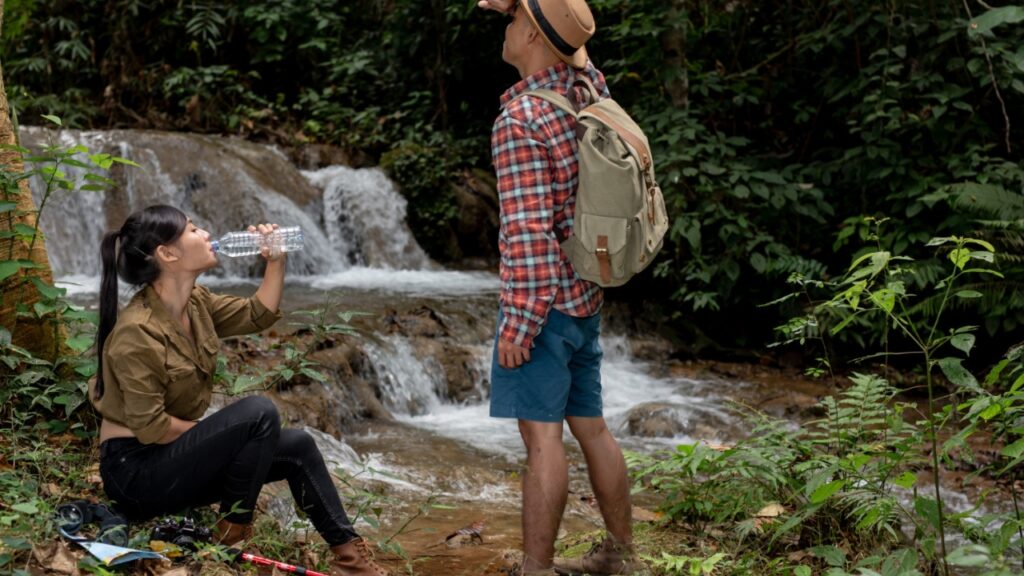
Andean cuisine isn’t just food, it’s a story written in potatoes, quinoa, and sizzling street meats. But a sensitive stomach can interrupt the best tales, especially where water quality or hygiene standards differ from home. Invest in a water filter or reliably sealed bottles, peel fruits, and trust your instincts with unfamiliar dishes. When you keep your gut happy, you’re free to savor every smoky empanada and piping hot soup, and join family feasts that linger long into star-lit evenings.
7. Chronic Conditions Need Extra Attention

Traveling with a chronic condition demands careful planning, especially in the high, sometimes isolated Andes. Bring extra doses of prescribed medicines, copies of critical documents, and your doctor’s contact info, stored both digitally and on paper. Customs inspections can be strict, so keep everything in its original packaging. This thoughtful preparation allows you to greet each new day, whether spent scaling basalt cliffs or admiring intricate Andean textiles, with confidence, rather than apprehension.
8. Adventure Sports
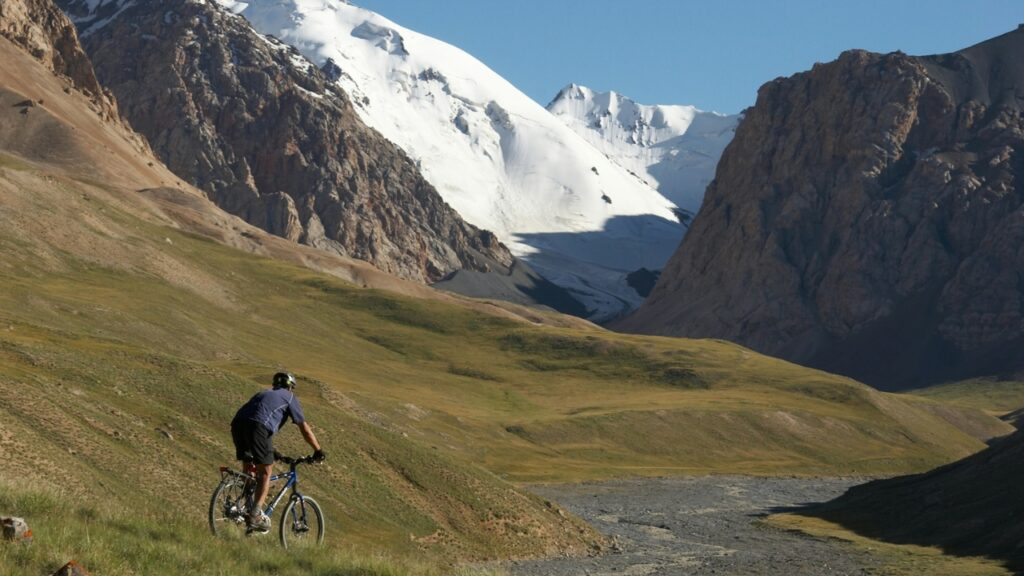
Dreams of paragliding above soaring Cusco, mountain biking remote passes, or scaling renowned peaks are best realized with honest self-assessment. The thin air makes even gentle hikes more demanding, while heart-pounding adventures intensify risk. Schedule a physical, train at home, and know your personal limits. These smart steps aren’t about holding back; they’re your ticket to a triumphant summit photo or a safe return to camp, stories ready to share beside crackling firelight.
9. Extreme Weather
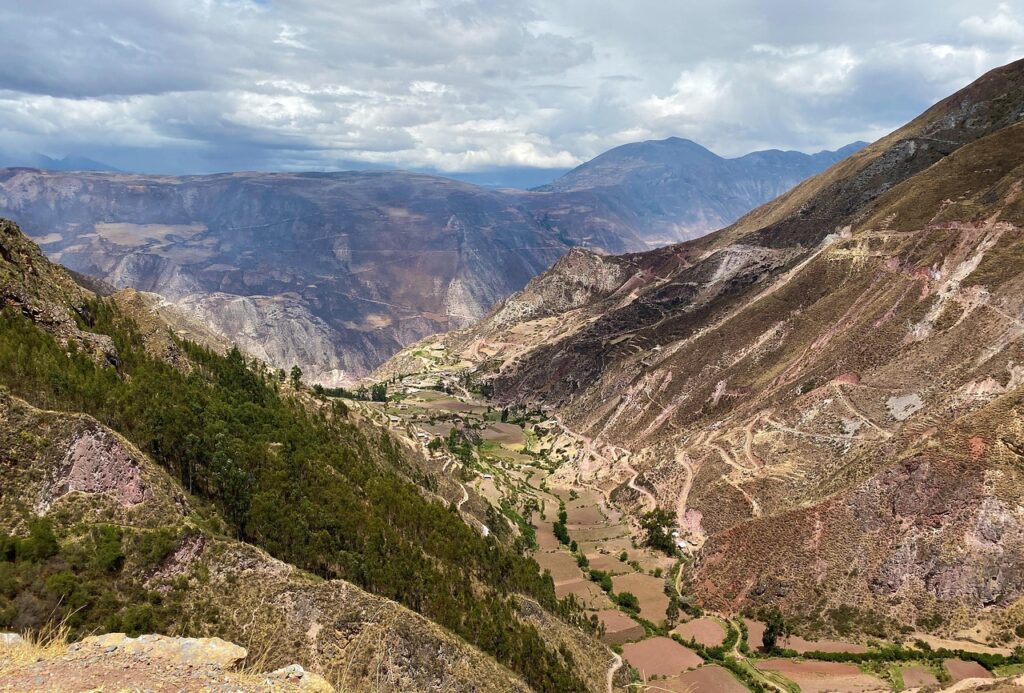
In the Andes, weather is never just background, it’s an active participant in your journey. Days start cool before blazing sun bounces off wide plateaus, and afternoons can bring icy rain or snow flurries, regardless of season. UV rays at altitude intensify, making hats, sunglasses, and SPF indispensable. Learning to layer and protect your skin prepares you to dance at a mountaintop festival or linger by a glacial lagoon, basking in every unpredictable moment the mountains bestow.
10. Emergency Access Isn’t a Given
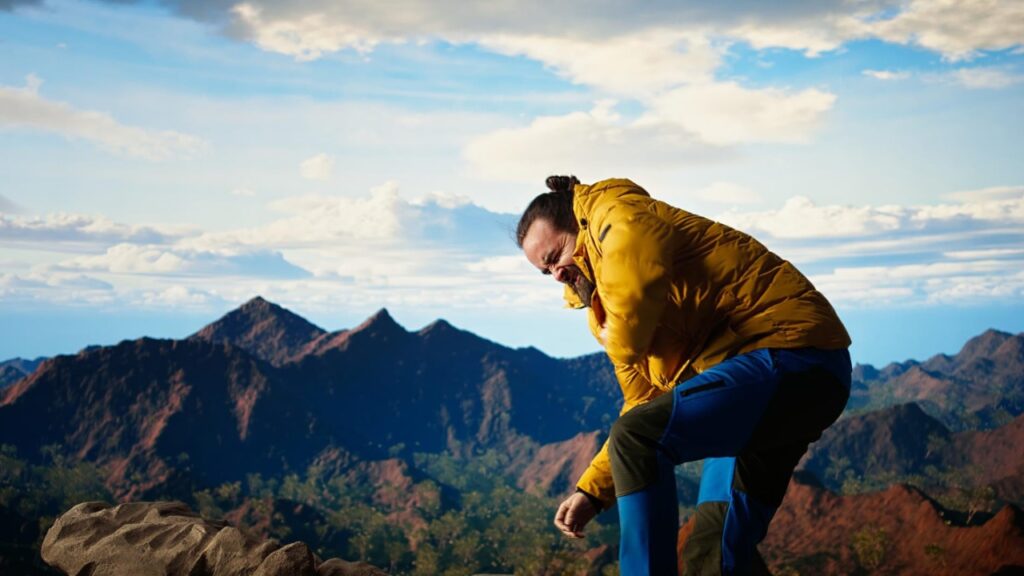
Romantic remoteness is part of the Andes’ allure, but it brings real risks. Mountain hamlets and forested valleys may be hours from the nearest clinic, let alone a hospital. Map out emergency resources before you arrive, save local emergency numbers, and purchase comprehensive travel insurance including altitude evacuation. Carrying a health kit and basic first-aid skills helps ensure minor scrapes stay minor, leaving you with security to fully immerse yourself in dramatic villages, endless horizons, and unexpected adventure.
11. Emotional Resilience on the Climb
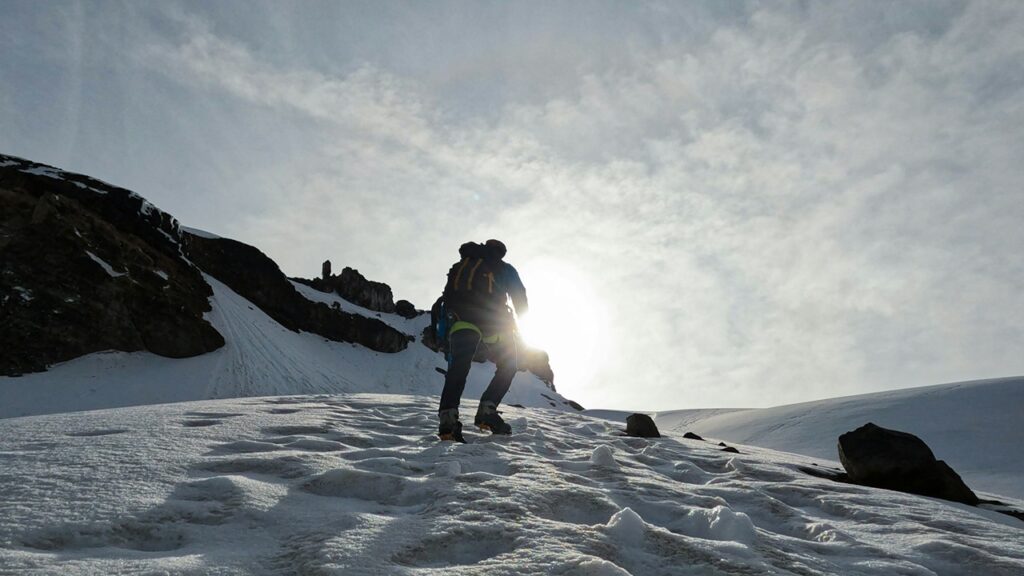
Journeys through the Andes test more than your legs and lungs; they invite inner transformation. Fatigue, homesickness, or new anxieties can surface with each step higher. Carve out moments for reflection, keep a journal, and celebrate each small victory along the way. Sharing your feelings with friends, guides, or locals can turn vulnerability into connection, creating a sense of belonging in these majestic highlands that lingers long after you descend.
12. A Farewell Ready for the Next Ascent
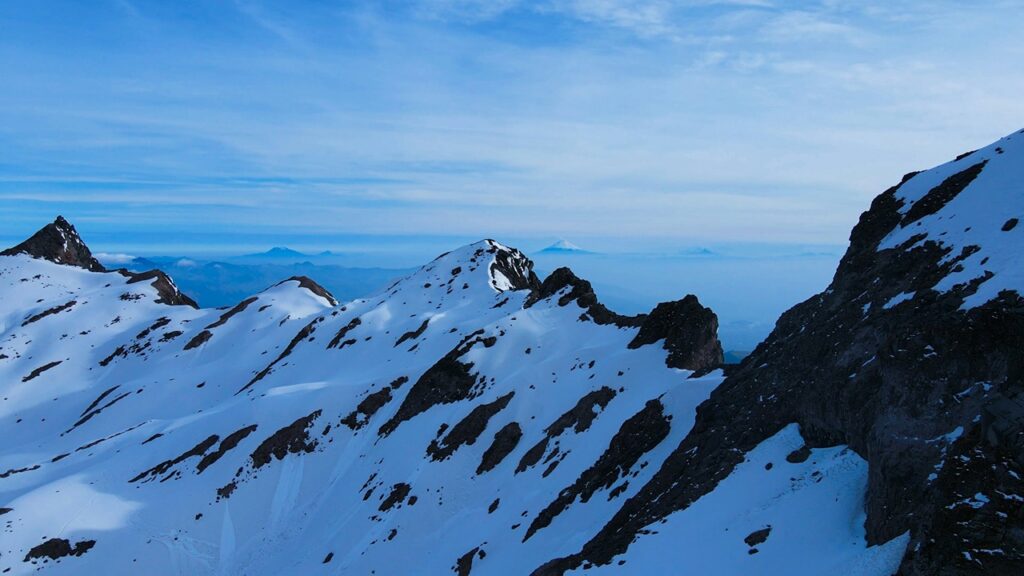
Every winding road and whispered legend in the Andes reminds you that adventure is most rewarding when you meet it with respect and awareness. By double-checking your health, you create space for serendipity and celebration, a journey written not just in stepping stones and steep paths, but in mindful, joy-filled experiences. Prepare with heart and intention, so every moment spent amidst these storied peaks becomes a cherished memory to carry long after you return home.